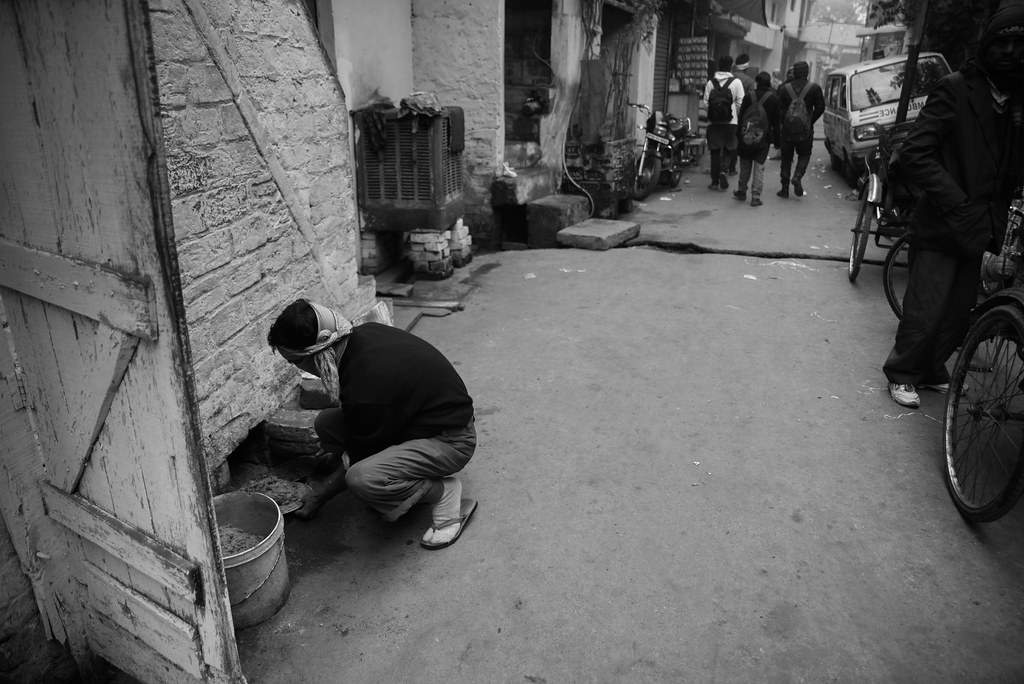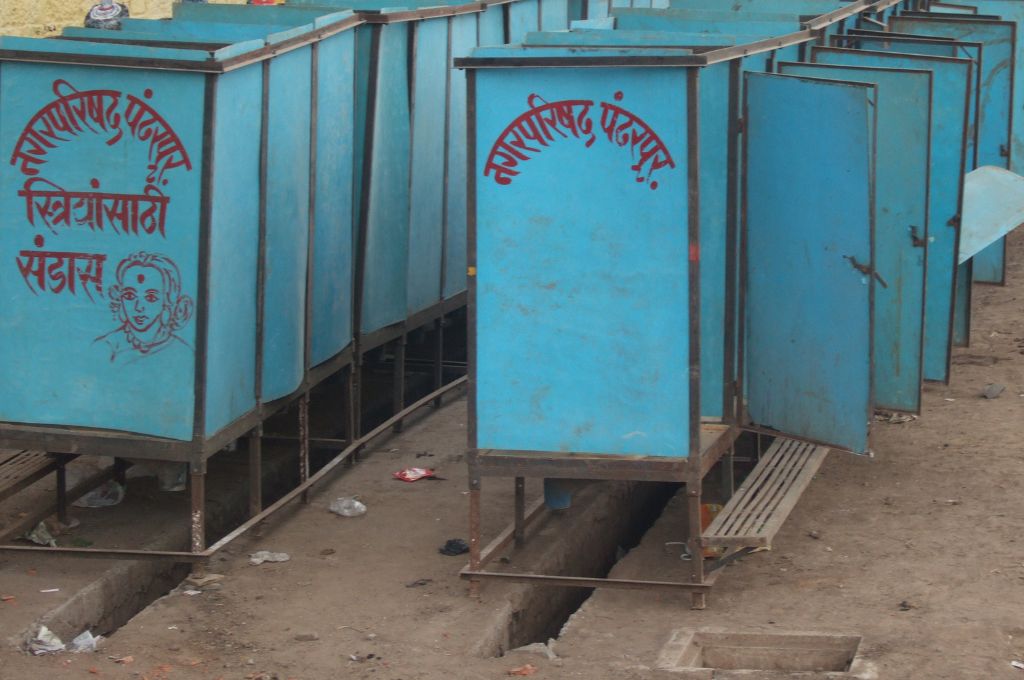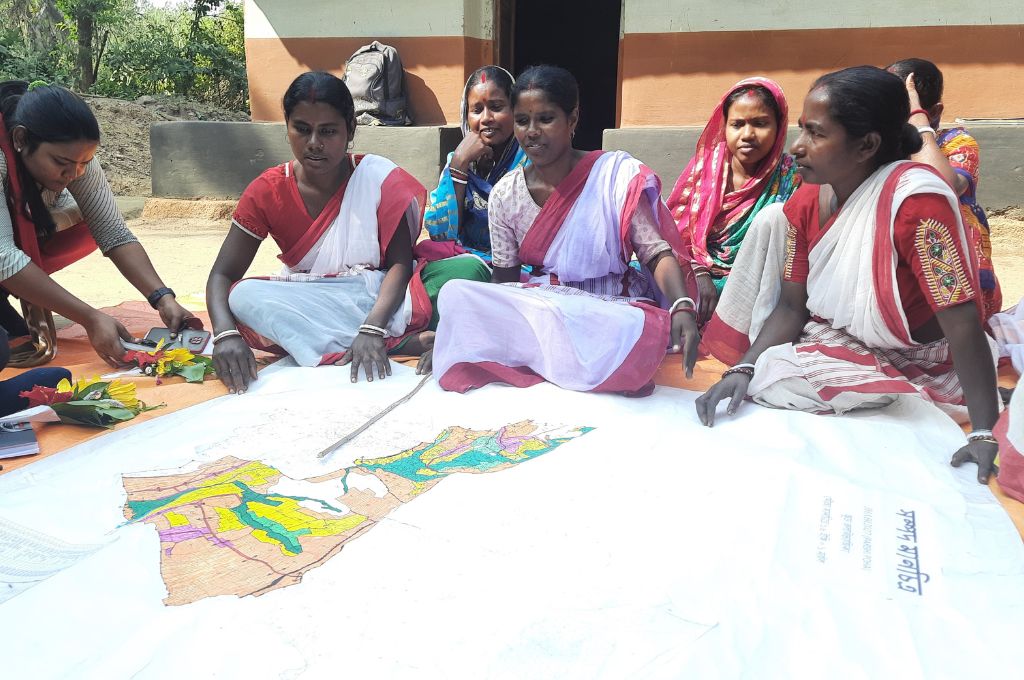Over the last seven to eight years in India, sanitation has been a key focus of government programmes. Several thousand crores have been spent on the issue, and there has been remarkable progress in terms of toilets constructed. The sanitation problem has also received ample attention in the development sector, the private sector, as well as from celebrities. While concerns remain on the usage of these toilets and whether India is truly ODF (open-defecation free), the progress achieved in the last few years cannot be denied.
However, all this progress has been on the ‘demand-side’ of sanitation. The ‘supply-side’, especially the people who carry out sanitation work, and who are (inaccurately) called manual scavengers—a historically designated and socially invisible class of human labour—remain forgotten, and have not seen much advancement beyond tokenism.
A 2017 Dalberg study estimated that there are about five million people whose work brings them in contact with human faecal matter and around two million of these sanitation workers work in high-risk jobs. Though they have been clubbed into one amorphous category, their work includes latrine cleaning, sewer cleaning, faecal sludge handling, drain cleaning, school toilet cleaning, public toilet cleaning, railway track cleaning, sewage treatment plant work, and domestic work. About 40 percent of them work in urban areas, and roughly half are women. Most of them remain invisible—both to the state and citizens, who are end-users of sanitation services.
During a six-week period in February and March 2021, we undertook rapid research on the state of sanitation workers to understand what had changed in the intervening three years. In the process, we identified key bottlenecks and priorities for the future. This article explores the insights and discoveries from this 2021 research study.
Our review of the current situation of sanitation workers revealed some critical insights:
Data
The data on sanitation workers available—both numbers and access to benefits—is inconsistent, primarily because a uniform definition of sanitation work is not consistently applied across the country. Only a few categories of sanitation work are counted in the official record and even within these categories, only workers on the government payroll are taken into account. Sanitation work, such as drain cleaning or even the cleaning of toilets by domestic workers, is excluded.
This is a big problem because it renders hundreds of thousands of workers invisible, especially the ones who are employed via subcontractors, and are a layer removed from the government authorities. It denies them access to schemes and aid from the government, nonprofits, and the private sector. Without an accurate assessment of the number of workers, the distribution of work and difficulties, and health and mortality, among other things, it is challenging to formulate and implement solutions.
Health
The average life expectancy of sanitation workers is 40-45 years, significantly lower than the national average of 70 years. Further, they experience high rates of prolonged illness and mortality because of the work they do. Work-related mortality is high: 375-475 people who work in manual scavenging died on the job over the past five years, primarily due to asphyxiation while cleaning sewers and septic tanks. And this is just according to official records. Anecdotally, the true mortality rate might be significantly higher. Many workers turn to drugs and alcohol to cope with their untenable situations.
Two-thirds of the sanitation workers we surveyed had not received instructions or training for COVID-19 safety.
COVID-19 exacerbated problems for sanitation workers. Even though they were frontline workers and played a critical role in making sure waste was being managed adequately, the focus on their health, safety, and dignity was completely absent. Over 90 percent of sanitation workers in Assam, Madhya Pradesh, Delhi, and Mumbai did not have the right cleaning tools, health insurance, healthcare facilities, or check-ups for COVID-19. Two-thirds of the sanitation workers we surveyed had not received instructions or training for COVID-19 safety. They had also not received basic masks, gloves, soap, or sanitiser, contrary to central government guidelines.
Incomes and compensation
Sanitation work is not well-paid work, and most workers are daily wagers and contractors whose incomes are unpredictable, making them highly susceptible to financial shocks. Though they are eligible for loans and cash assistance, very few are able to access them. Often, their savings go into tackling health issues and diseases caused by occupational hazards.
Given the high mortality rates, compensation is an essential source of income for victims’ families. Yet, a significant proportion of victims’ families have not received compensation as provided for in the Prohibition of Employment as Manual Scavengers and Their Rehabilitation Act 2013 (MS Act).
Social ostracism and violence
Sanitation workers, who typically come from the most underprivileged castes—Dalits and denotified tribes—are socially ostracised and often not given fair access to education, health, land, housing, jobs, and financing. A recent study conducted by WaterAid, World Bank, and WHO found that a third of sanitation workers experience violence, and half of them still experience untouchability and discrimination.

Systemic issues prevent progress
While there has been increased momentum in the last few years, several underlying systemic and structural issues continue to plague the sanitation work ecosystem. We review these issues across four dimensions:
1. Policy and governance bottlenecks
Public bodies continue to deny the existence of unsafe sanitation work and under-report the incidence of manual scavenging. The policies that exist for the rehabilitation of workers are not designed keeping in mind the different types of sanitation work and workers. Claiming benefits is a cumbersome and complicated process, and demands documentation that many do not have.
None of this is helped by the layers of contractors and subcontractors between workers and the government, who exploit loopholes. For example, contracted labour does not receive health insurance or accident coverage; the safety regulations and salaries of these workers are determined by the contractors. In addition, while several ministries—from urban local bodies to public work departments—employ sanitation workers, they operate in silos. This is a serious hurdle to joint problem-solving and standardisation. Sanitation workers also have limited access to legal aid, which hinders their ability to seek justice.
2. Social and behavioural drivers
The lack of education and an understanding of their rights leaves sanitation workers open to exploitation from contractors. Having worked like this for decades—in some cases, generations—the workers are left with mental risk and safety models that are driven by social conditioning, so they do not expect change.
Sanitation infrastructure in most Indian cities is also outdated and difficult to operate with machines, thereby requiring human intervention.
Moreover, caste and class discrimination lead to the systematic denial of access to essential services such as education, healthcare, and housing. They are reluctant to try other work or start enterprises (for example, tea stalls) that interface with the broader community because of the fear of discrimination. Caste-based segregation also means that they cannot organise into a strong collective voice or network to demand justice.
3. Outdated and incompatible infrastructure and equipment
The technology available to sanitation workers is rarely suited to the different types of sanitation work they do, and the diverse environments in which they operate. This means, for instance, that they choose not to use PPE (personal protective equipment), due to restriction of movement and ability to work. When they do, they use the same kit for all types of work, without access to necessary equipment such as hard hats and harnesses. Moreover, the gear they have is of unreliable quality and given to them at irregular intervals. This is complicated by the reluctance of governments to adopt innovative technology where it exists.
Sanitation infrastructure in most Indian cities is also outdated and difficult to operate with machines, thereby requiring human intervention. Replacing this infrastructure with modern options will require significant budgets and political will. At the very least, new sanitation infrastructure being planned across cities should be based on ‘zero human touch‘ design principles.
4. Insufficient priority for sanitation worker financing
This is a significant problem and will require multi-billion-dollar investments according to our model. But these are investments that should be non-negotiable considering the alternative.
Further, since sanitation work comes under many ministries, the budget is fragmented, making it difficult to decipher how much is being truly allocated and spent towards the betterment of workers.
Private sector investment is slow because of the lack of government incentives, the absence of infrastructure investment, and untimely payments by governments to private sector entities.
The government has suggested policy amendments and earmarked a significant budget (INR 1.25 lakh crore) for mechanisation in 500 cities and gram panchayats. However, it has not been included in the 2021 budget.
Priorities
We recommend five interrelated and mutually reinforcing ideas to address this issue at scale:
1. End the denial
Bureaucrats and agencies must be incentivised to accurately identify and report the number of sanitation workers beyond manual scavengers. This can be done by creating safe spaces for bureaucrats to be able to report correct numbers without the fear of repercussion. It is vital to understand the nuances of the different types of work and the people who engage in them. Without this, no change can be made.
2. Incentivise innovation across areas
More of the same—throwing people at sanitation infrastructure problems—is a recipe for disaster. The failure of traditional methods to deliver the desired results highlights the need to test and scale new solutions to improve sanitation worker safety and livelihoods.
Under policy and governance, we could explore worker-friendly contracting, so that sanitation workers understand what they are signing up for. With infrastructure and technology, we can have contextualised safety gear that workers see value in using. We could explore innovative financing mechanisms, such as results-based financing—an umbrella term for financing that rewards implementing ogranisations when previously agreed upon goals with funders are met—to bring in funding from the development and private sectors.
3. Enhance awareness of risks and worker rights
Workers and their families need to be made aware of the risks of sanitation work and the measures to mitigate them, their legal rights under the MS Act, and available resources and enforcement mechanisms. This should be supplemented with the provision of legal aid, which workers can access if they are denied their rights and entitlements.
4. Strengthen governance structures
Since sanitation work cuts across ministries and departments, it needs a strong anchor—a governance framework that can bring everyone together and hold them accountable to their commitments at the central, state, and sub-state levels. This governance must include strict rules and regulations for hiring and contracting workers to ensure employers’ responsibility and accountability towards their safety and livelihoods.
It is vital to set up a unified data system that can serve as a single source of truth on sanitation work and workers. This will help improve decision-making and enhance visibility.
5. Break the intergenerational trap
There is a desperate need to adopt whole community approaches to rehabilitation. These would include education for children, skilling for youth (in caste-neutral occupations), and entrepreneurial opportunities for spouses, with inbuilt follow-up processes to avoid a relapse into sanitation work. Employers should be sensitised and incentivised to employ family members of sanitation workers.
Collectively, we are failing sanitation workers on many counts, and it is past time that we began to address the systemic issues that permit practices like manual scavenging to continue.
—
Know more
- Read about Dalberg’s Sanitation Workers project.
- Understand the everyday struggles of sanitation workers and the possible solutions to their problems.
- Learn about the work of Safai Karmachari Andolan (SKA), a grassroots movement to eradicate manual scavenging.







